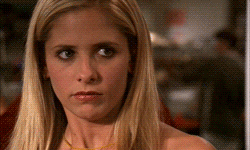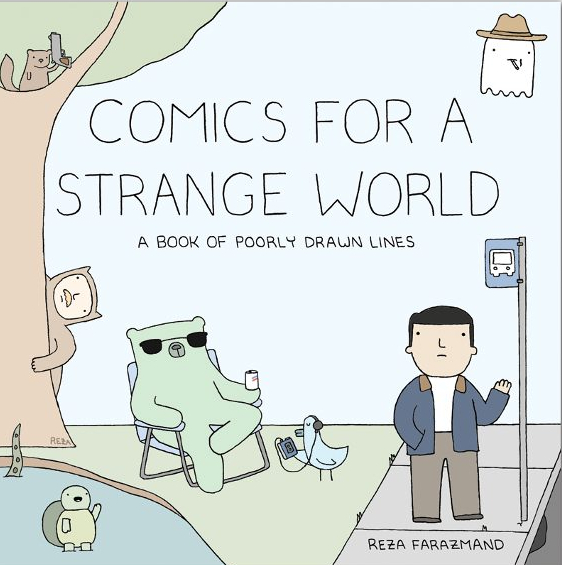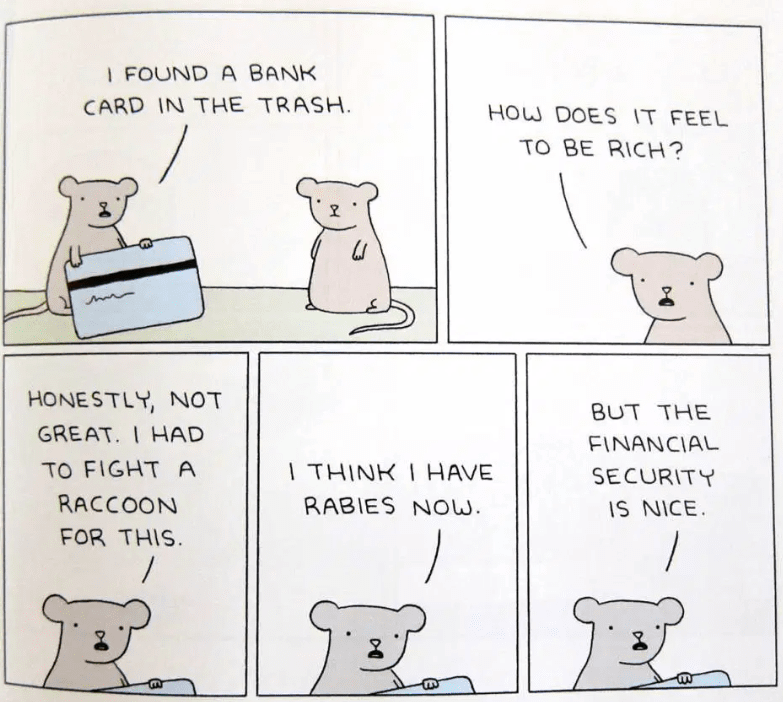by Gene Luen Yang, Gurihiru, Bryan Konietzko & Michael Dante DiMartino
collects Avatar: The Search parts 1-3
Avatar: The Last Airbender reviews: one | two
The Legend of Korra reviews: one | two
Spoilers ahead!
Aang and crew’s post-series journey continues, this time picking up the huge question left off from the series finale: what happened to Zuko’s mother, Ursa?
But what I really want to know is WHERE. IS. MY. TOPH.
One of several disappointments of the book was excluding Toph completely – granted, she would have been one too many with Azula, but that doesn’t mean I have to be happy about it.
The Search reveals all the answers to Ursa’s past and gives Zuko a whole lot of attention to his family dynamic – does therapy exist in Avatar’s world? This poor kid could sure use some. But in the end, Ursa’s story was too simplistic, with disappointing spirit world deus-ex-machina, and no real focus on developing Ursa’s character as an individual.
Ursa makes virtually no decisions by and for herself, and she is constantly defined by one or more men in her life: her grandfather Roku, Ikem, father in law Azulon, husband Ozai, and her son Zuko, whose growth is the real point of the story. I’m not saying men should have been completely absent from her story; rather, she should have done something not informed by her relationship towards one or more men. Ursa also has a lukewarm personality, a byproduct of this issue – I can’t name any of Ursa’s traits that were passed down to Zuko or Azula.
spoiler-y examples in this paragraph. Specifically, Ursa should have done something other than pine for Ikem and be victim to Ozai’s cruelty during their marriage. What if she had used her status to undermine Ozai’s radical, hateful rule – like leading a rebellion as the Blue Spirit, conspiring with Iroh and the White Lotus, or like her son, searching for the Avatar to end the war? She could have done something after leaving the palace and before reuniting with Ikem. This would have shown us more of who Ursa is, separate from her partners and children, and tied her legacy to her grandfather, Avatar Roku, as well as Zuko. Instead, Ursa never looks beyond her own victimization in order to help others – part of Zuko’s growth I once assumed came from his mother – and instead she remains paralyzed by fear of Ozai’s wrath, and chooses to forget her old life, which was passive and cowardly (at least she admits that). As a survivor of abuse (it’s hinted at being more than just emotional), Ursa’s choice to wipe her memory is even more troubling in today’s climate. – the story was written in 2014, and I wonder how things might have been different if it was written after the #MeToo movement – or, frankly, if a woman had written the story. In the end, Ursa is handed a happy ending, without doing much or facing harsh consequences, she’s essentially unchanged – because Ursa’s story is really about Zuko’s growth, not Ursa’s.
spoilers continue. Doubly tragic is Azula’s treatment. Even though she’s the catalyst for Zuko’s journey to find Ursa, she never actually meets their mother (with Ursa’s memory intact). Yang robs Azula of the opportunity for her own healing, understanding her relationship with her mother, and to a lesser extent, redemption with Zuko. Like Ursa, Azula remains unchanged, and Aang betrays Yang’s priorities when he says repeatedly this story is about “a mother and son,” not a mother and daughter. Azula is a fun villain, but not giving her any chance for growth and change (which can occur without losing her villain status) makes her a nuisance and obstacle in the story – a really disappointing choice.
So my major complaint from the last book still stands: the growth and character development of women is still not important in Avatar. Toph, Katara, and Azula remain stagnant (or not present at all) in this book. I’ve mentioned everyone else so I’ll just add here that Katara could have had an interesting moment connecting with Zuko, as she also lost her mom – this was a major connection between the two in the series. But instead, she is relegated to “Sokka’s sister” in a B-plot whose connection to the main story was very on the nose. And before you say it, Legend of Korra is separate and doesn’t give Avatar the right to ignore the women in its series.
Otherwise, there are plenty of small references and explanations in Ursa’s flashbacks – most importantly the Blue Spirit mask – and the director’s cut describes the intense collaboration between all of them. There is a lot of love and reverence for Avatar here coming from Yang and Gurihiru, and it shows. Unfortunately, that love seems firmly invested in Zuko, Aang, and world building elements – the rest, including Ursa, is window dressing.
Guihiru’s art continues to shine, and I especially loved how the panels are laid out during “the deal” between Ursa and Ozai. Their anime style is a natural fit for the series. Unfortunately, while Gurihiru does the best they can, bending loses some of its kinetic magic in still frames.
Continuing this series won’t make you love Avatar any less, and it’s a great salve for those hungry for more adventures post-series. But I will admit, unlike Korra’s series, it isn’t making me love Avatar any more.



